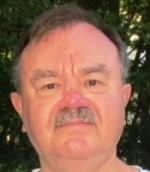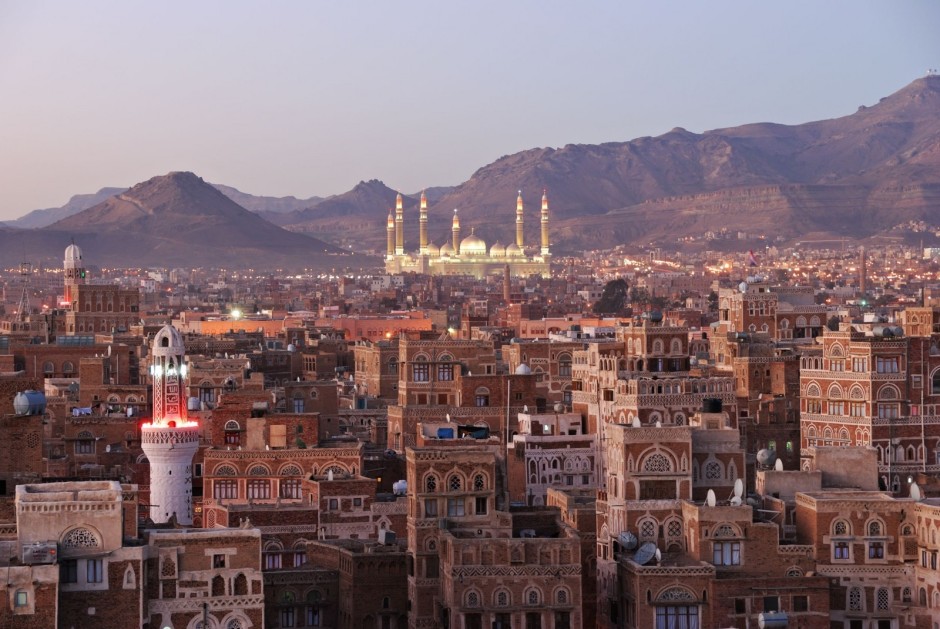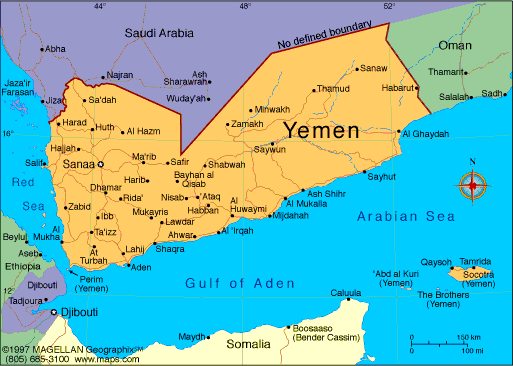Yemen, the poorest Arab state, with a gross domestic product per capita of little more than $1,400 a year, remains a country in political crisis.
Located at the south-western edge of the Arabian peninsula, the present-day Yemeni state was formed in 1990, when the north, an ancient Arab kingdom and then a republic, united with the south, the former British colony of Aden and later a Marxist-ruled “people’s democratic republic.”
Ali Abdullah Saleh, who took power in the north in 1978, ruled the loosely unified Republic of Yemen since its formation, until ousted in 2011.
Yemen’s population, which now stands at about 24 million, has far outstripped its meagre resources. Much of the country is desert, and its predominantly rural population has a literacy rate barely above 50 percent.
Yemen is a small petroleum producer, but output from the country’s oil fields is falling and they are expected to be depleted by 2017 — a major concern, since crude oil exports finance up to 70 percent of its budget.
Yemen’s income from oil exports tumbled by over 64 percent to $73.4 million in May from a year ago, due to attacks on an export pipeline, and the central bank’s foreign asset reserves shrank to their lowest since the end of 2011.
Saleh supported Iraq’s conquest of Kuwait in 1990, alienating not only that emirate but also Saudi Arabia, which was providing critical financial assistance to Yemen. The Saudis, in retaliation, expelled one million Yemeni expatriate workers.
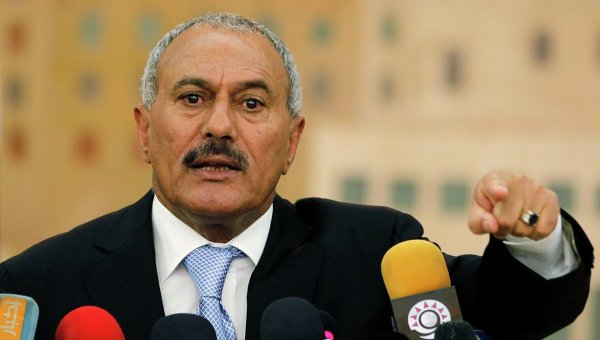
Also, endemic civil warfare, mainly various northern tribes and secessionist socialists in the south fighting the central government, has further hampered economic growth. As a consequence, Yemen has relied heavily on aid from multilateral agencies to sustain its economy.
Sana’a is hoping to get a $550 million loan from the International Monetary Fund this year that could help unlock more donor funds.
The northern part of the country is controlled by tribes belonging to the Zaidi stream of Shia Islam; they constitute about 40-45 percent of the country’s population. Sunni Muslims live mainly in the south and southeast.
In 2004, one Zaidi insurgent group in the northwest, the Houthis, launched an uprising against the government. The Yemeni regime accused them of having ties with Shia Iran, and in 2009, the Saudis, fervent Wahhabi Sunnis, intervened on the side of the government, bombing Houthi regions.
Yemen was also swept up by the turmoil that spread across the Arab Middle East in 2011.
More than 20,000 anti-government protesters gathered in Sana’a, the capital, for a “day of rage” against President Saleh in February 2011. They called for immediate regime change and rejected Saleh’s offer to step down in 2013. The Houthis announced their support for the pro-democracy protests.
Battles soon ensued in Sana’a. Saleh was himself severely injured by a bomb, and was flown to Saudi Arabia for treatment. Vice President Abd Rabbu Mansur Hadi assumed power. Many in the opposition movement liked him, because he is a southerner and showed no signs of tribal loyalties.
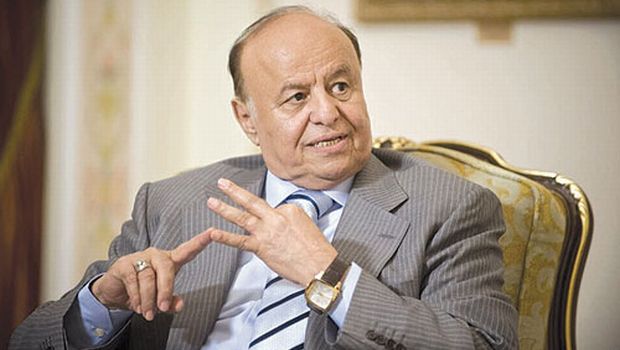
Following Saleh’s departure, Hadi was the sole candidate in the presidential election that was held in February 2012. His candidacy was backed by the ruling General People’s Congress as well as the parliamentary opposition.
Hadi had first served as a military officer in British-run South Yemen in the 1960s, then under the southern People’s Democratic Republic of Yemen, and finally, after a 1986 split within the southern regime, in the armed forces of Saleh’s pre-unification Yemen Arab Republic.
Hadi, who therefore had previously served in the armies of both north and south, has tried to unify the fractured country, still really split between the two. He organized a National Dialogue Conference, a 10-month-long series of peace talks that concluded this past January.
It led to an agreement that Yemen would shift to a federal model of government in the future.
Hadi has also restructured the military, which included the removal of Saleh’s son Ahmed Ali from the head of the powerful Republican Guard.
But fighting in the northern provinces of Sa’ada and Amran, between Shia Houthis, Sunni Salafist fighters, and northern tribesmen continues. Another tribal uprising, in the province of Hadramout, and continued fighting in Al Dhale province, underscores the continued secessionist feelings in southern Yemen.
And then there is Ansar al-Shari’a (al-Qaeda in the Arabian Peninsula), formed in January 2009 from a merger of al-Qaeda’s Yemeni and Saudi branches.
It claimed responsibility for a suicide bombing in the centre of the Yemeni capital that left nearly 100 people dead in May 2012. In December 2013, an attack on the Yemeni defence ministry in Sana’a killed at least 56 people.
The United States has been launching drone attacks against the militants. In September 2011, two high-profile members, Anwar al-Awlaki and Samir Khan, both U.S. citizens, were killed in an air strike. President Barack Obama called it a major “milestone” in the fight against al-Qaeda and its affiliates.
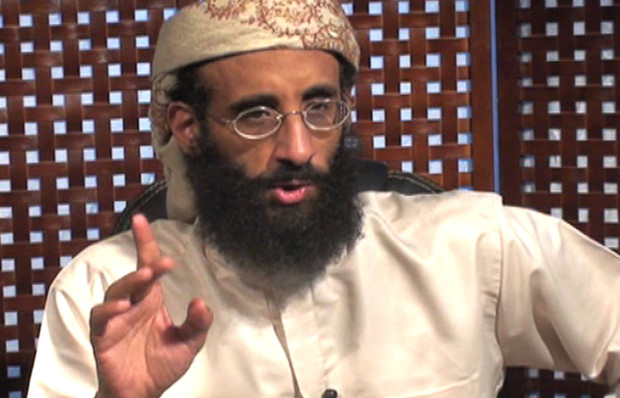
This past April, dozens of fighters were killed in the latest in a string of strikes. They came just days after al-Qaeda in the Arabian Peninsula released a video showing its leader, Nasir al-Wahishi, speaking before dozens of followers.
But drones alone are unlikely to eradicate the threat the group poses to Yemen. Analysts contend that they will remain a serious menace unless the government can address challenges such as poverty, corruption, and inadequate security forces. Also, the deaths of civilians often leads to increased support for the militants.
“There are many reasons for the increase of membership of al-Qaeda, but we cannot rule out that the use of drones and the popular backlash it produced has increased the recruitment opportunities of al-Qaeda,” Yemeni political scientist Abdulghani al-Iryani told the Reuters news agency.
As for Hadi, he plans to run for re-election next year and will no doubt win. But Saleh left behind a failed state which has little prospect for a transition to democracy, and Hadi, despite his efforts, will do no better.
Henry Srebrnik is a professor of political science at the University of Prince Edward Island.
